Gaura Whirling Butterflies: The Perfect Companion Plants
Gaura Whirling Butterflies: The Perfect Companion Plants
Gaura is a beautiful perennial wildflower that is known for its long, cascading blooms. The flowers are typically white, pink, or lavender, and they attract butterflies and bees in droves. Gaura is also relatively easy to care for, making it a popular choice for gardens in many parts of the world.
One of the best things about gaura is that it can be paired with a variety of other plants to create stunning garden combinations. Here are a few of the perfect companion plants for gaura:
- Ornamental grasses: Ornamental grasses add height and texture to a garden, and they can help to balance out the delicate blooms of gaura. Some good options include pink muhly, blue oat grass, and feather reed grass.


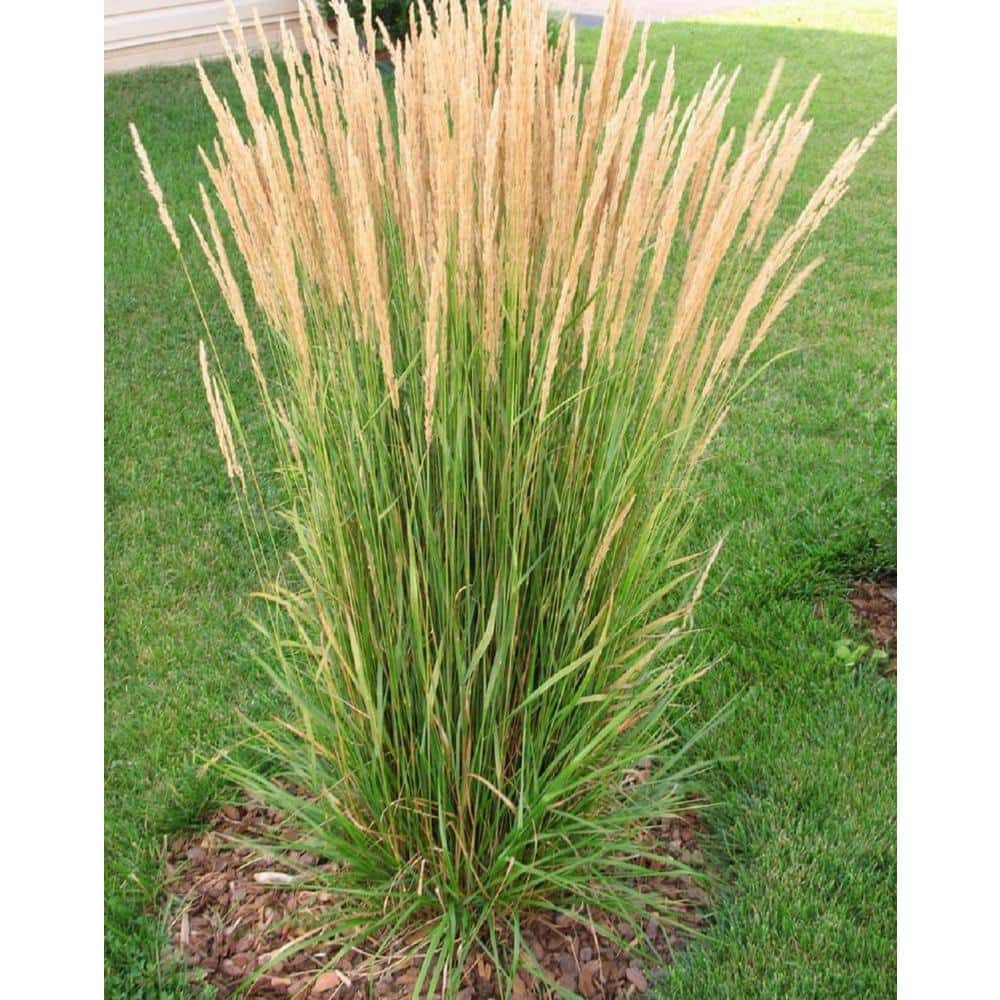
- Prairie flowers: Prairie flowers are a natural complement to gaura, and they can help to create a naturalistic look in the garden. Some good options include black-eyed Susan, purple coneflower, and yarrow.
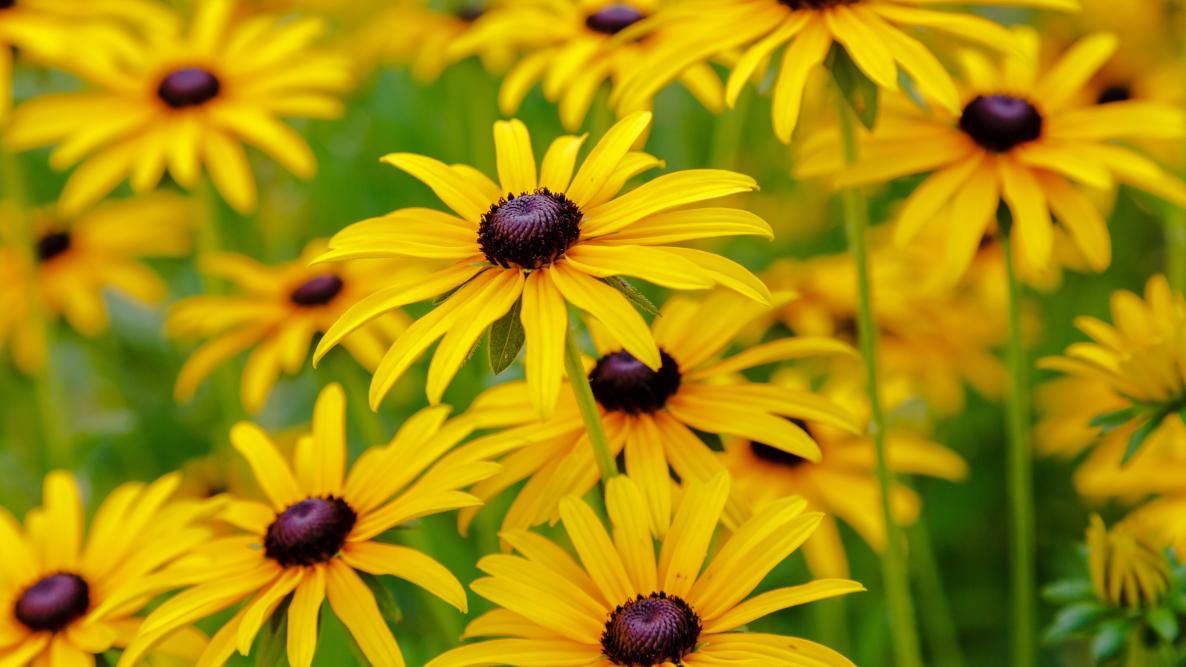
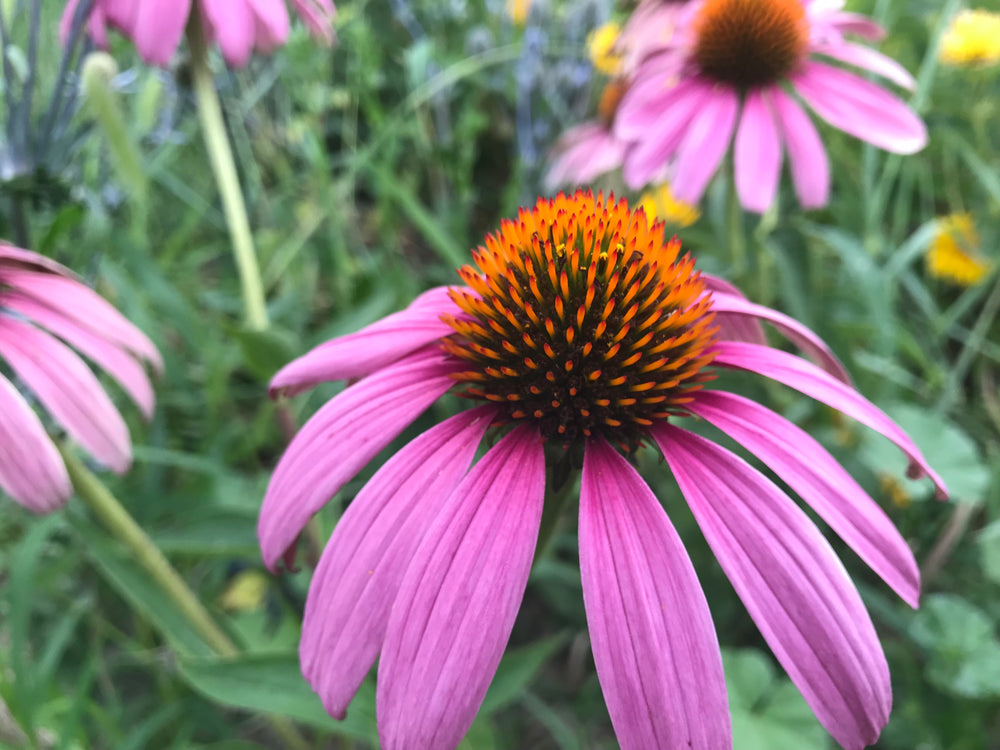

- Broadleaf plants: Broadleaf plants add contrast to the delicate blooms of gaura, and they can help to fill in the spaces between the plants. Some good options include hostas, gardenias, and lantanas.

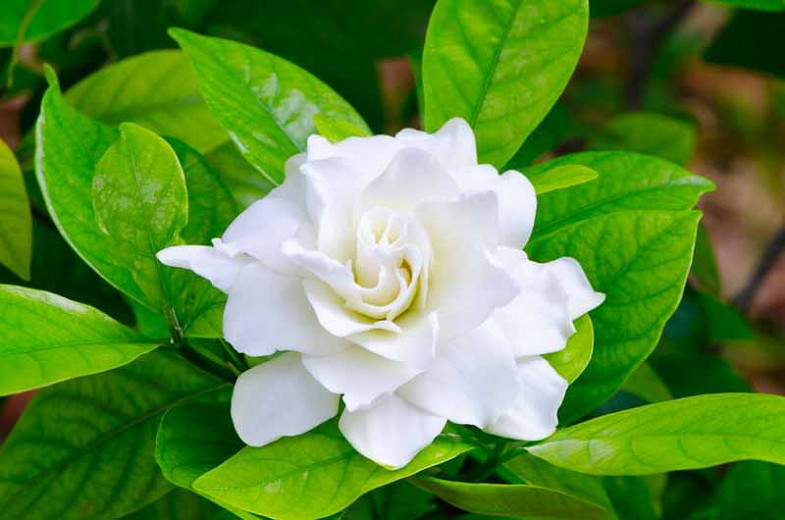
- Shrubs: Gaura can also be planted alongside shrubs to create a more structured garden. Some good options include roses, hydrangeas, and viburnums.
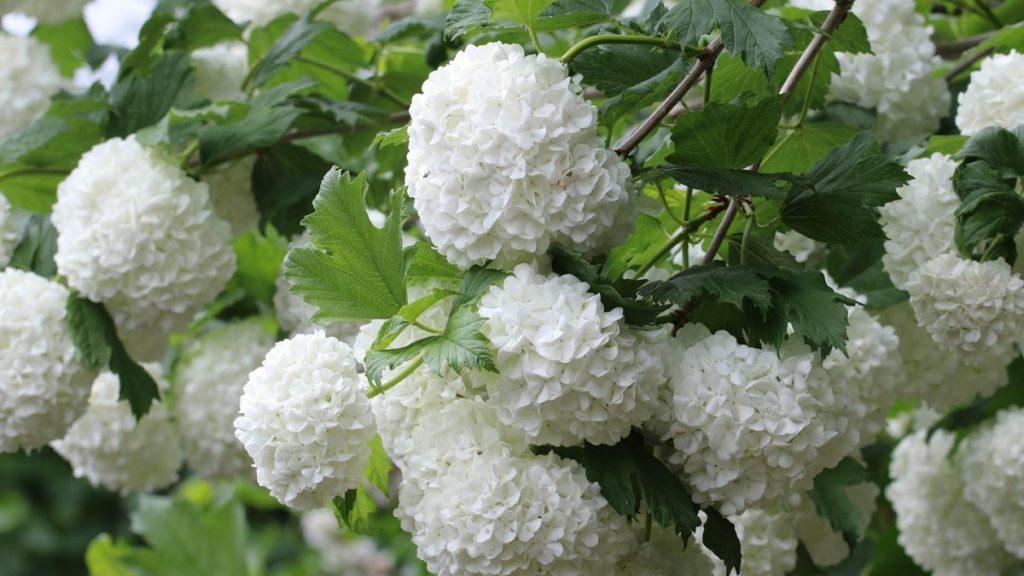
When choosing companion plants for gaura, it is important to consider the size, color, and texture of the plants. You want to create a combination that is visually appealing and that will complement the natural growth habit of gaura.
In addition to the plants listed above, there are many other companion plants that would work well with gaura. The best way to choose the right plants for your garden is to experiment and see what works best.
Gaura whirling butterflies is a beautiful and versatile plant that can add a touch of grace and elegance to any garden. It's also relatively easy to care for, making it a great choice for even the most novice gardener.
If you're thinking about adding gaura whirling butterflies to your garden, you may be wondering what companion plants would work well with it. Here are a few suggestions:
- Native ornamental grasses: These grasses add height and texture to the garden, and they can help to prevent gaura from flopping over. Some good options include pink muhly, little bluestem, and prairie dropseed.
- Prairie flowers: These flowers share the same sunny, dry growing conditions as gaura, and they can help to create a natural-looking meadow garden. Some good options include black-eyed Susans, purple coneflowers, and asters.
- Larger leafed or structural plants: These plants can help to add contrast to the delicate gaura flowers. Some good options include agaves, yuccas, and salvias.
For more information about gaura whirling butterflies companion plants, I recommend visiting Gardenia Inspiration. This website has a wealth of information on all aspects of growing gaura, including companion planting suggestions.
FAQ of gaura whirling butterflies companion plants
Q: What are some good companion plants for gaura whirling butterflies?
A: Gaura whirling butterflies are tall, airy plants that bloom from summer to fall. They are a great addition to any garden, but they can also benefit from being planted with other companion plants. Some good companion plants for gaura whirling butterflies include:
- Salvias: Salvias are a great choice for companion plants because they attract pollinators, such as butterflies and bees. They also have similar growing requirements to gaura whirling butterflies, so they will thrive in the same conditions.

- Coneflowers: Coneflowers are another good choice for companion plants because they attract pollinators and help to deter pests. They also have a long blooming season, so they will help to fill in the gaps in your garden after gaura whirling butterflies have finished blooming.
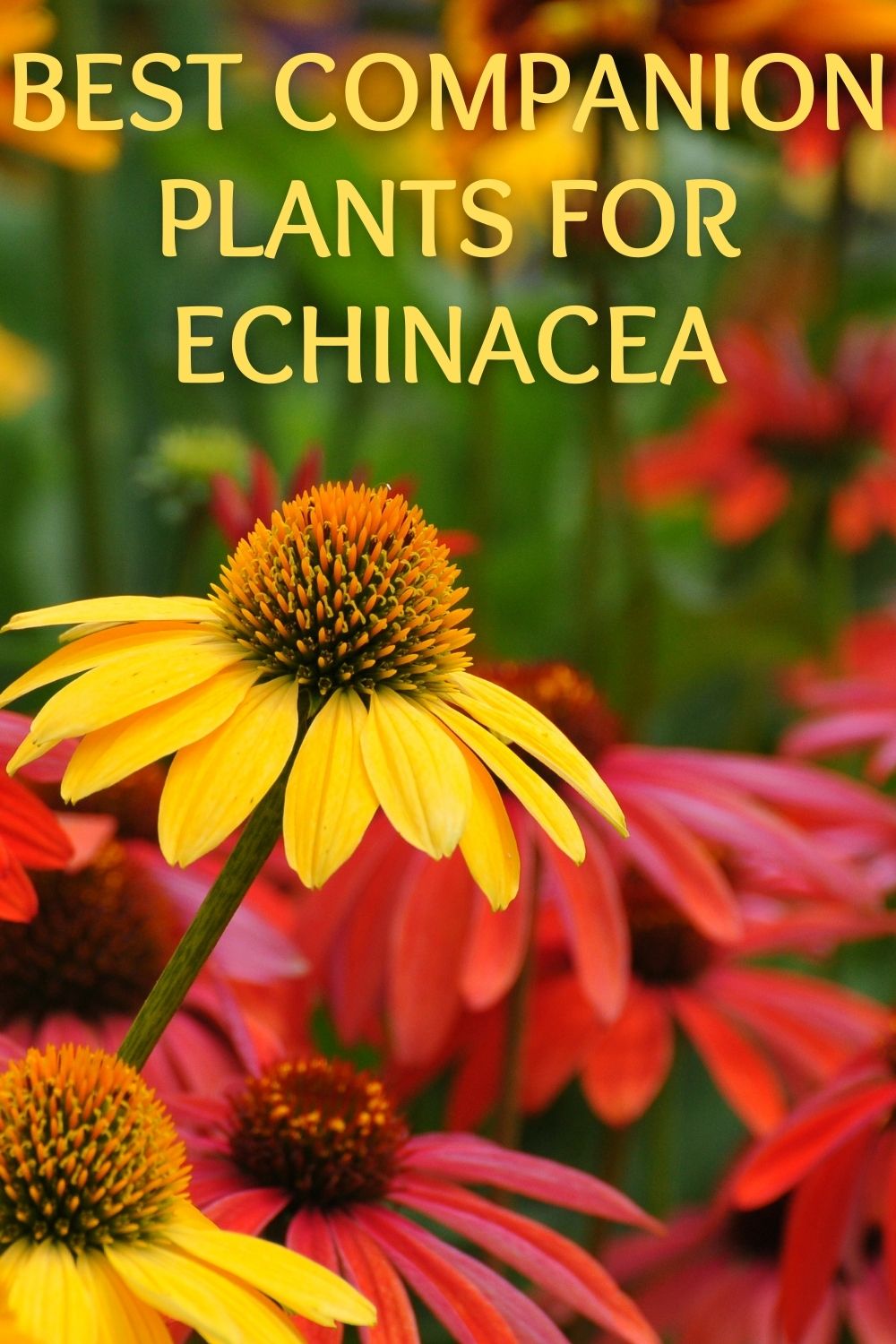
- Lavender: Lavender is a beautiful and fragrant plant that can help to deter pests. It also has similar growing requirements to gaura whirling butterflies, so it will thrive in the same conditions.
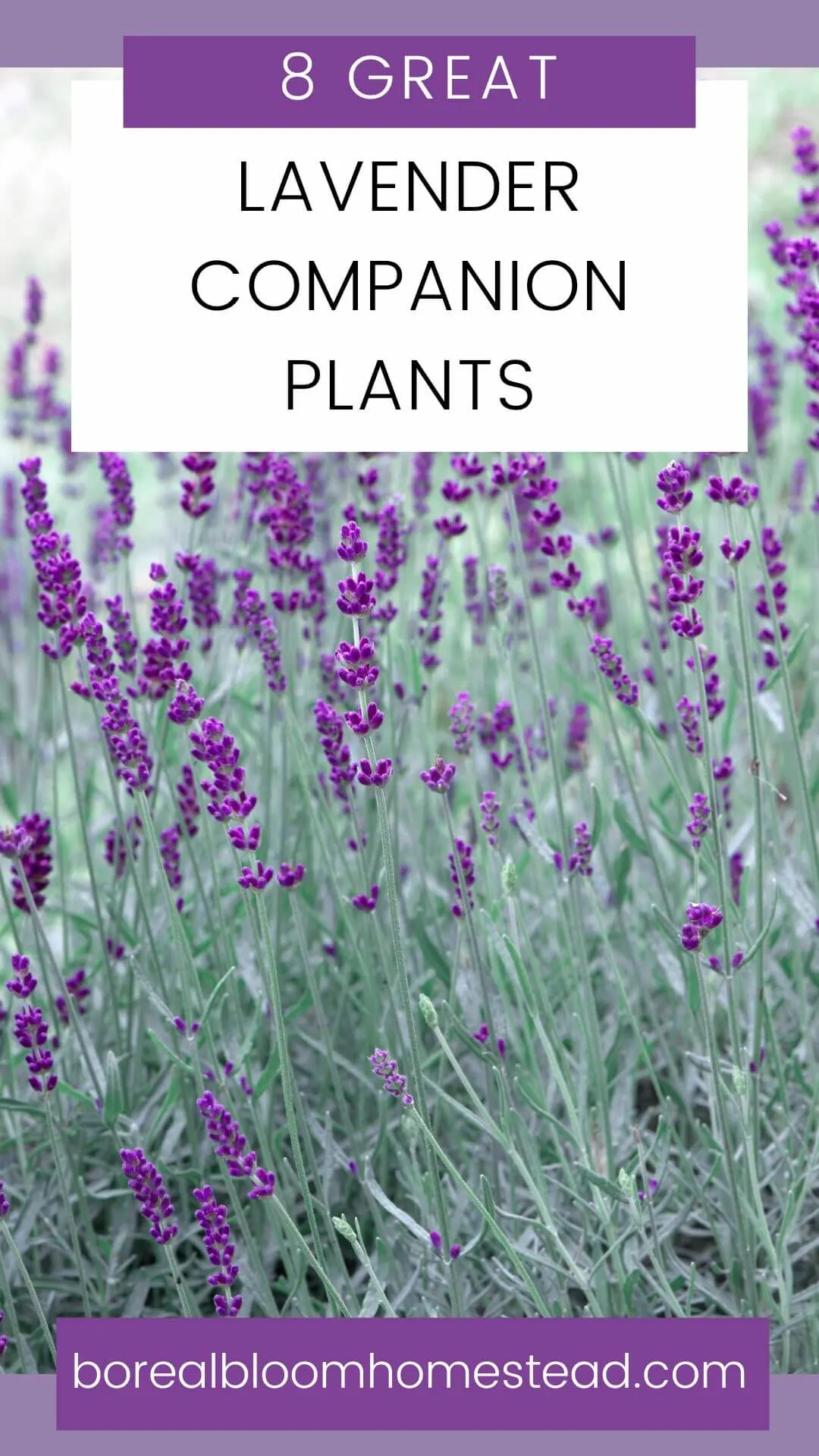
- Yarrow: Yarrow is a hardy plant that can help to improve the drainage in your soil. It also attracts pollinators and helps to deter pests.

- Verbena: Verbena is a colorful and long-blooming plant that can help to fill in the gaps in your garden after gaura whirling butterflies have finished blooming. It also attracts pollinators and helps to deter pests.

Q: What are the benefits of planting companion plants with gaura whirling butterflies?
A: There are several benefits to planting companion plants with gaura whirling butterflies. Some of these benefits include:
- Attracting pollinators: Companion plants can help to attract pollinators, such as butterflies and bees. These pollinators are essential for the pollination of plants, which is necessary for the production of fruits and vegetables.
- Decreasing the risk of pests: Companion plants can help to deter pests. For example, lavender is known to deter mosquitoes, and yarrow is known to deter rabbits.
- Improving the soil quality: Companion plants can help to improve the soil quality by adding nutrients and organic matter. This can help to improve the health of your plants and make them more resistant to pests and diseases.
- Creating a more diverse garden: Companion planting can help to create a more diverse garden. This can be beneficial for a number of reasons, including attracting more pollinators, deterring pests, and improving the overall health of your garden.
Q: How do I choose the right companion plants for gaura whirling butterflies?
A: When choosing companion plants for gaura whirling butterflies, there are a few factors to consider. These factors include:
- The height of the plants: Gaura whirling butterflies can grow up to 4 feet tall, so you will need to choose companion plants that are the same height or shorter.
- The growing conditions: Gaura whirling butterflies prefer full sun and well-drained soil. Make sure to choose companion plants that have similar growing requirements.
- The purpose of the companion plants: Are you planting companion plants to attract pollinators, deter pests, or improve the soil quality? Choose companion plants that will help you achieve your goals.
Q: How far apart should I plant gaura whirling butterflies and their companion plants?
A: The spacing between gaura whirling butterflies and their companion plants will depend on the size of the plants. In general, you should plant gaura whirling butterflies about 2 feet apart and their companion plants about 1 foot apart.
Q: How do I care for gaura whirling butterflies and their companion plants?
A: Gaura whirling butterflies and their companion plants are relatively easy to care for. They need full sun and well-drained soil. Water them regularly, especially during hot weather. You may need to fertilize them every few months.
Image of gaura whirling butterflies companion plants
5 different images of "gaura whirling butterflies companion plants" from Pinterest.com:
- Gaura and coneflowers. Coneflowers are tall, sturdy plants that provide a good backdrop for the shorter gaura. They also bloom at the same time, so you'll get a long season of color.
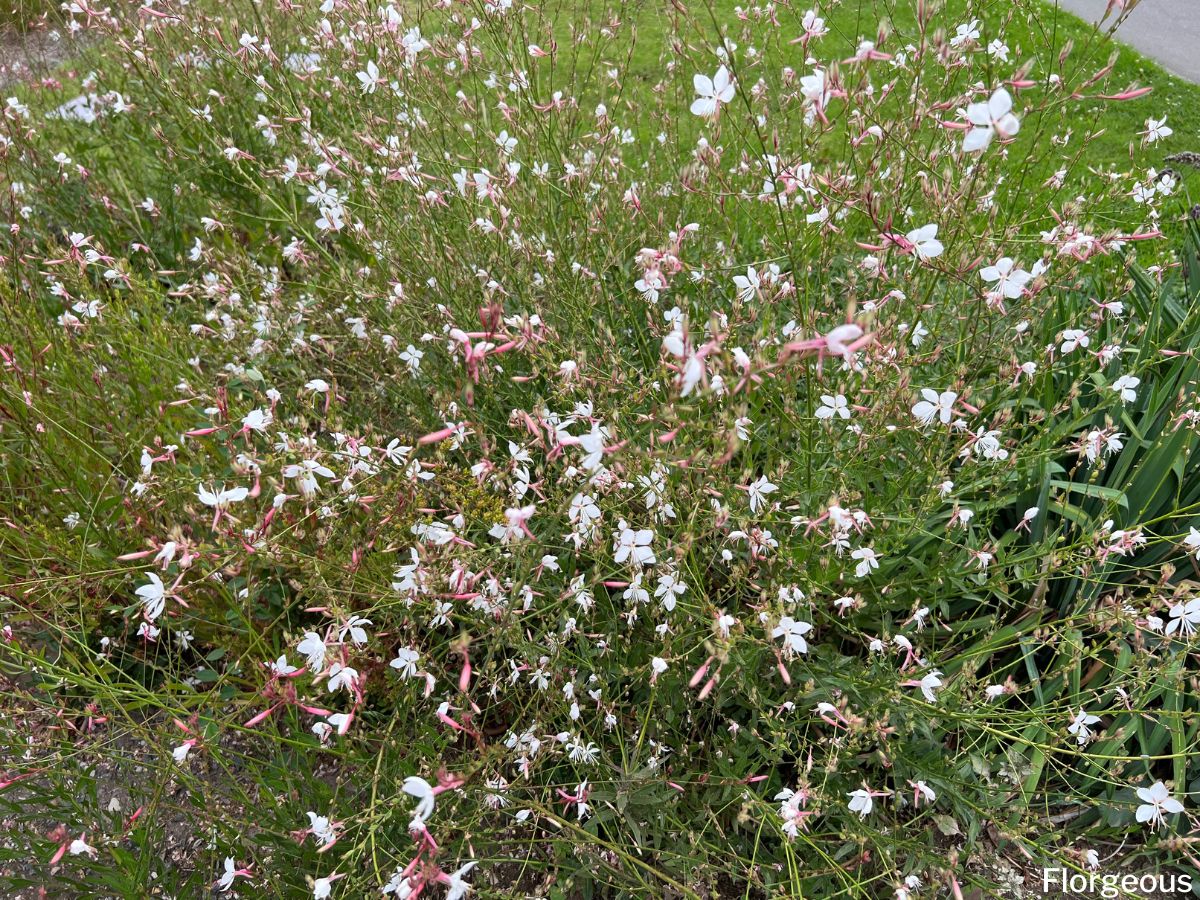
- Gaura and salvia. Salvias come in a variety of colors, so you can choose one that complements the gaura's pink or white blooms. They also have a long bloom time, so you'll have flowers for months.
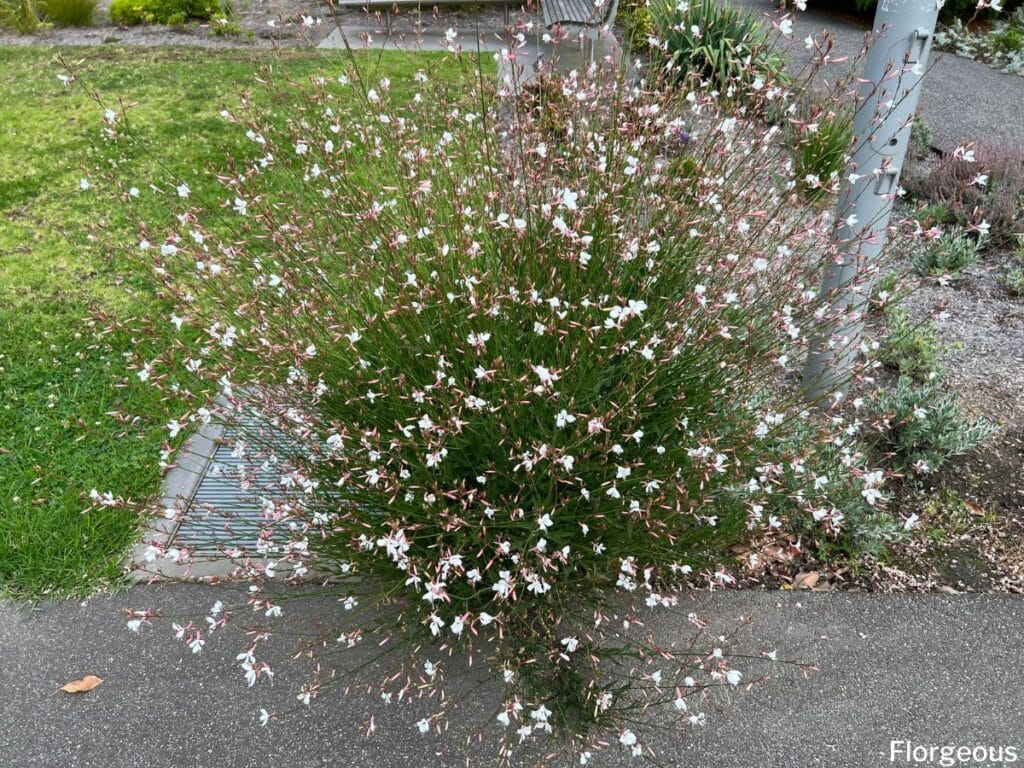
- Gaura and yarrow. Yarrow is a low-maintenance plant that adds a touch of texture to the gaura's delicate blooms. It also blooms for a long time, so you'll have flowers from summer to fall.

- Gaura and rudbeckia. Rudbeckia is another tall, sturdy plant that provides a good backdrop for the gaura. It also blooms at the same time, so you'll get a long season of color.

- Gaura and lantana. Lantana is a colorful plant that adds a tropical feel to the garden. It also blooms for a long time, so you'll have flowers from summer to fall.

Post a Comment for "Gaura Whirling Butterflies: The Perfect Companion Plants"